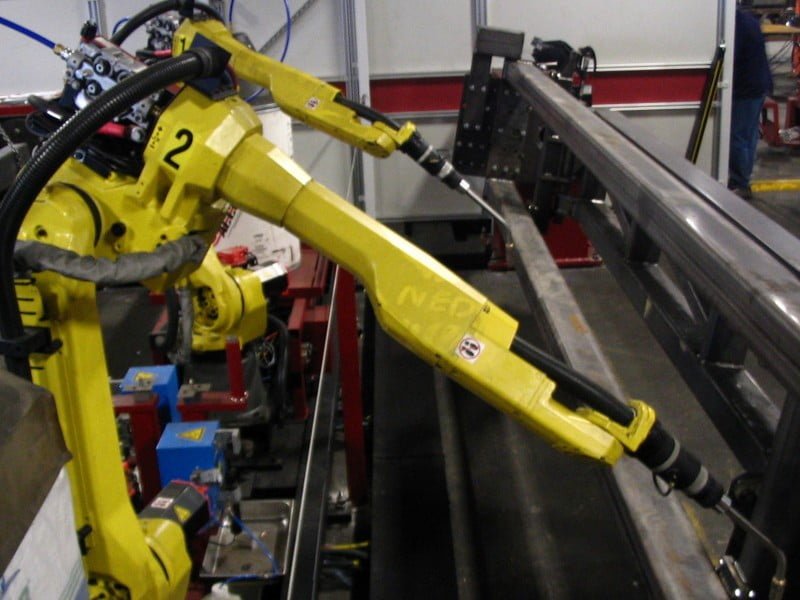Every time you “set it and forget it,” you’re missing the actual business value.
I use marketing automation of some form every day. I sent out automated newsletters to my subscribers. I schedule anywhere from 20-30 tweets to go out every day from my Twitter account. There are all kinds of parts of my business that are automated. But in each of these cases, I’ve built a system that also allows me to connect and interact directly with people who engage with that information.
My newsletters come from an account that people can reply to, and I do. I write back anyone who writes to me (provided their email merits a reply and isn’t spam.) When I fire off my automated tweets throughout the day, I engage with whoever replies or communicates.
The opposite is when people lob automated tweets or newsletters so that they don’t “have to” engage with their potential buyers. That’s the opposite of doing business. It’s a huge gap where you’re missing potential engagements that can lead to more sales.
“Oh, but I’m busy, Chris!” Too bad. If you’re not busy earning more customers, then you’re busy on the wrong things.
Every Robot Needs a Soul
I’m a bit of a broken record about Poncho the weather cat being a favorite chatbot of mine. Why? Because this service (I wanted to say because HE) is funny. They perform a very basic service, telling me the weather, in a way that gets me to engage with a robot platform three times a day. That’s engagement! Three times a day I click the message Poncho sends me.
That’s what you need to build if you’re going to create a chatbot of any kind. If you’re going to earn the right to communicate via your robot with actual humans, you must build into the conversational design of the product a lot of fun and worthwhile engagement. The goal of your chatbots is to entertain and inform. Both of those. Not one. Both.
Artificial Intelligence or Augmented Intelligence
I love how IBM calls their take on AI (a la their Watson platform) “augmented intelligence.” They’re pushing away from the word “artificial” because in all cases, they want Watson to operate alongside humans in various environments. The concept of AI isn’t to replace human contact. It’s to make the annoying or complicated parts of business and life work better/easier so that we can enrich human contact.
We’re nowhere near the depths of these possibilities but on the way to thinking about how businesses can and will adopt these AI and machine learning platforms into their flows, it’s vital that we think about it more like IBM insofar as we build “augmented” intelligence experiences. And even if your business is far from working in this realm, whenever faced with the conversation about automation, ask whether this improves your ability to deliver a better experience to your buyer.
Velocity, Friction, Connectivity
The three most important metrics to driving better business in this new blended digital economy are velocity, friction, and connectivity.
- Velocity– How fast can I get the customer what she wants?
- Friction– How easy can I make this transaction/experience?
- Connectivity– Can I connect this customer to us AND to other buyers like her?
When viewing your potential for automation, look at those three potential measurements. If you can improve the velocity of delivery to your buyer, then use the tools that deliver this. Can you make something easier in your buyer’s life? Go for it. And finally, can you make it easier for your prospective buyers to talk to YOU and/or talk with others who use what you sell? These are the big target opportunities for you to thrive.
If you’re going to use anything robotic or automated, make sure you keep the soul of your business (and yourself) intact. You’re never too busy to serve a buyer and potentially grow your business more and more. That’s what will multiply your success. And it starts now, even before you integrate any automation or robots. Are you ready?

